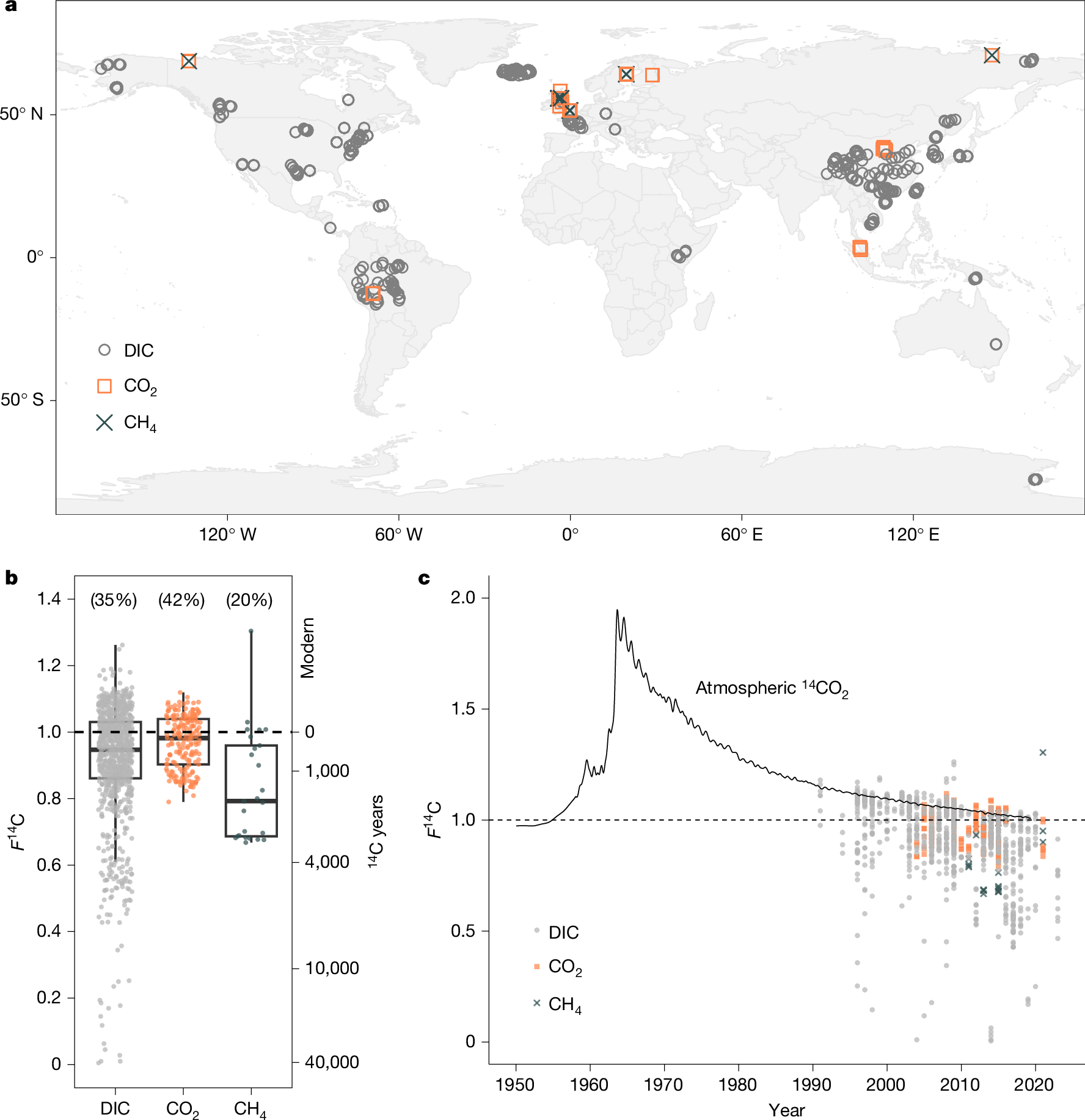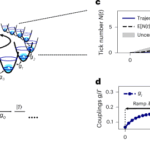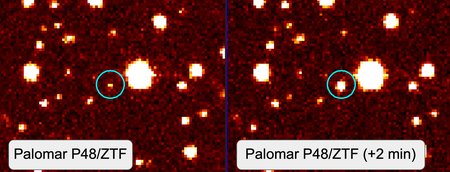2025-06-05 リンショーピング大学
<関連情報>
- https://liu.se/en/news-item/floder-och-backar-frigor-forntida-kol-till-atmosfaren
- https://www.nature.com/articles/s41586-025-09023-w
地球上の河川システムによって陸地から大気へとルーティングされる古い炭素 Old carbon routed from land to the atmosphere by global river systems
Joshua F. Dean,Gemma Coxon,Yanchen Zheng,Jack Bishop,Mark H. Garnett,David Bastviken,Valier Galy,Robert G. M. Spencer,Suzanne E. Tank,Edward T. Tipper,Jorien E. Vonk,Marcus B. Wallin,Liwei Zhang,Chris D. Evans & Robert G. Hilton
Nature Published:04 June 2025
DOI:https://doi.org/10.1038/s41586-025-09023-w

Abstract
Rivers and streams are an important pathway in the global carbon cycle, releasing carbon dioxide (CO2) and methane (CH4) from their water surfaces to the atmosphere1,2. Until now, CO2 and CH4 emitted from rivers were thought to be predominantly derived from recent (sub-decadal) biomass production and, thus, part of ecosystem respiration3,4,5,6. Here we combine new and published measurements to create a global database of the radiocarbon content of river dissolved inorganic carbon (DIC), CO2 and CH4. Isotopic mass balance of our database suggests that 59 ± 17% of global river CO2 emissions are derived from old carbon (millennial or older), the release of which is linked to river catchment lithology and biome. This previously unrecognized release of old, pre-industrial-aged carbon to the atmosphere from long-term soil, sediment and geologic carbon stores through lateral hydrological routing equates to 1.2 ± 0.3 Pg C year−1, similar in magnitude to terrestrial net ecosystem exchange. A consequence of this flux is a greater than expected net loss of carbon from aged organic matter stores on land. This requires a reassessment of the fate of anthropogenic carbon in terrestrial systems and in global carbon cycle budgets and models.



